This play to the crowd continues with the first work encountered inside the exhibition itself: You are Here, a glazed, stencilled and enamelled pot inscribed with the comments Perry imagines of the visitors make the pilgrimage to his latest offering. From those keen to satisfy themselves that they're 'more clever than this celebrity charlatan' to the people that came because 'there was such a buzz about it on Twitter', the comments leave the visitor disarmed by their own reasons for visiting this show by an artist as notorious for his pot-making as his dress-wearing.
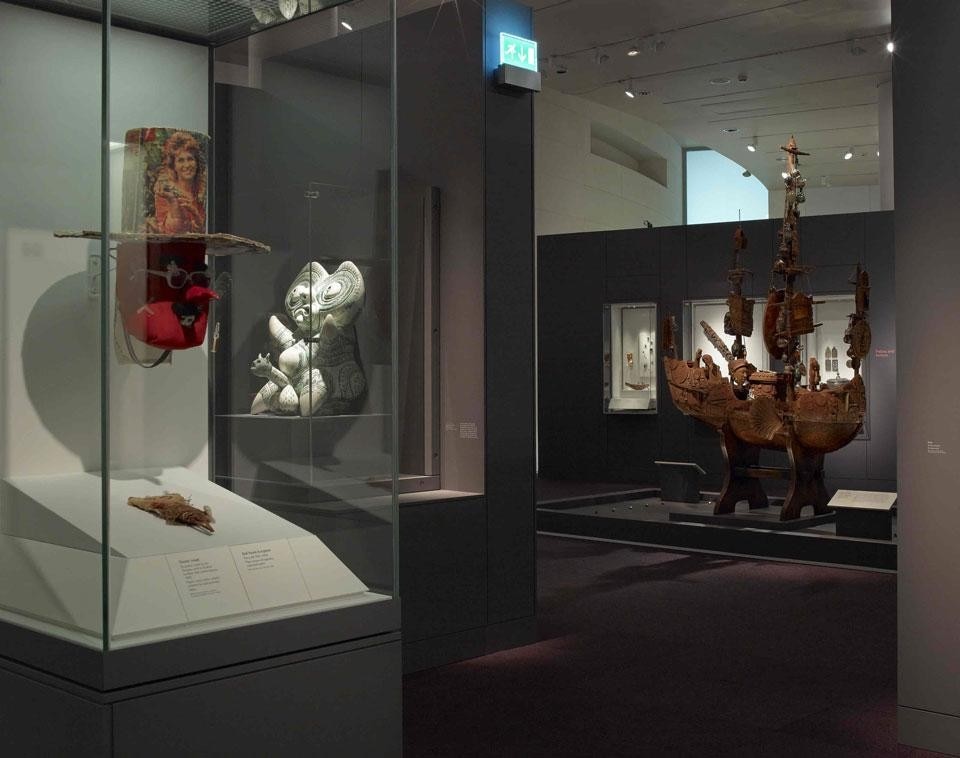
1.jpg.foto.rmedium.jpg)
What is most striking about this juxtaposition of Perry's works with objects from cultures near and far is that they have so much in common.
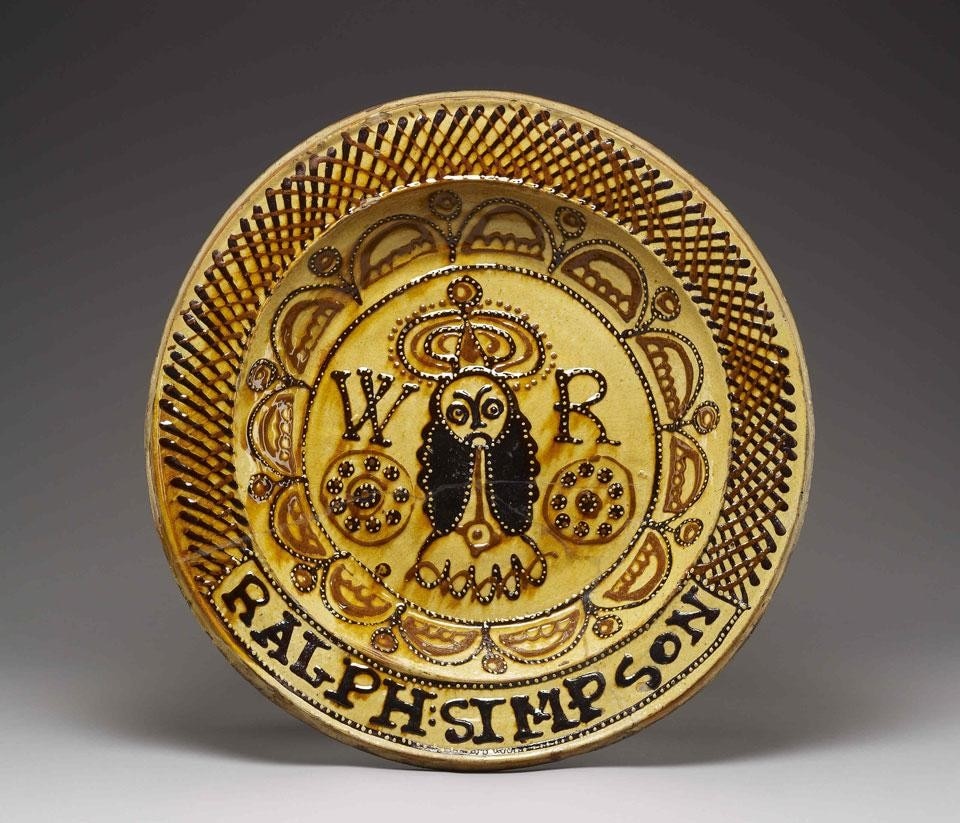
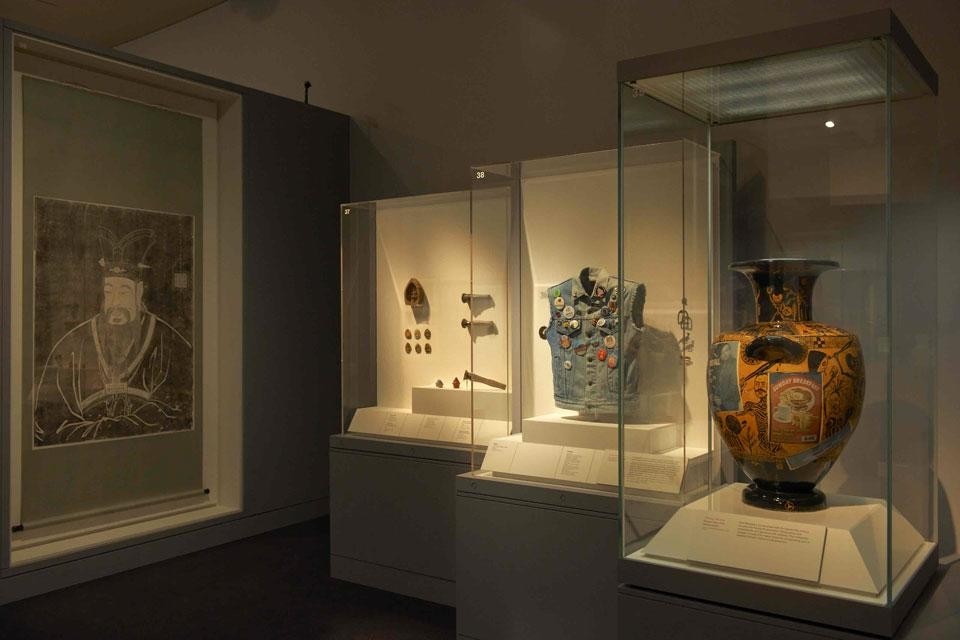
The Tomb of the Unknown Craftsman occupies the centre of the exhibition's final section. It is a towering cast iron coffin ship hung with vials of the blood, sweat and tears of the skilled makers behind Perry's work and those in the British Museum as a whole. In the centre is a 250,000-year-old flint hand axe from the Museum's collection, which Perry presents as a relic not of some forgotten religion, but rather what he sees as a lost tradition of craftsmanship.
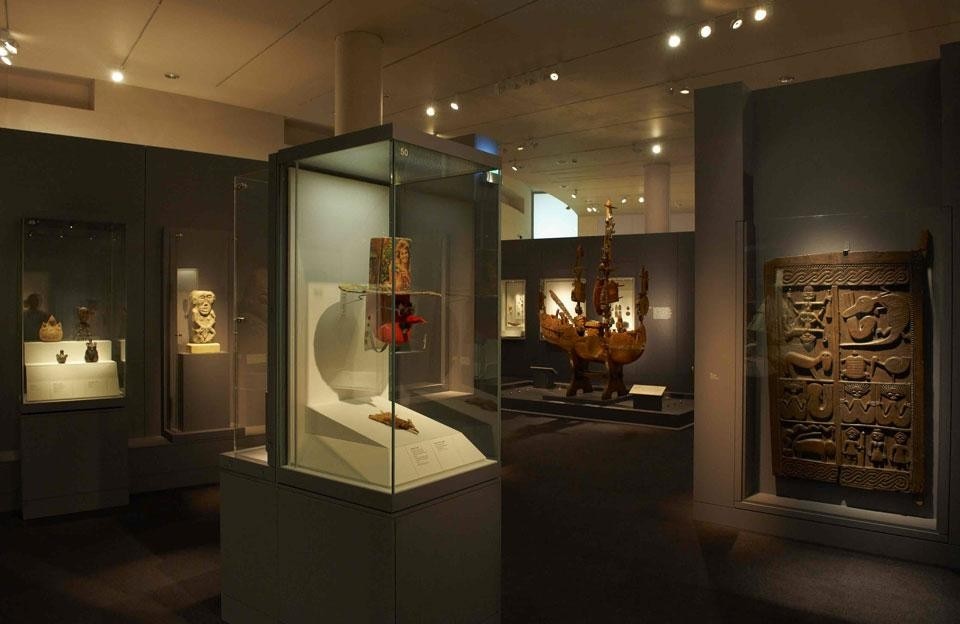
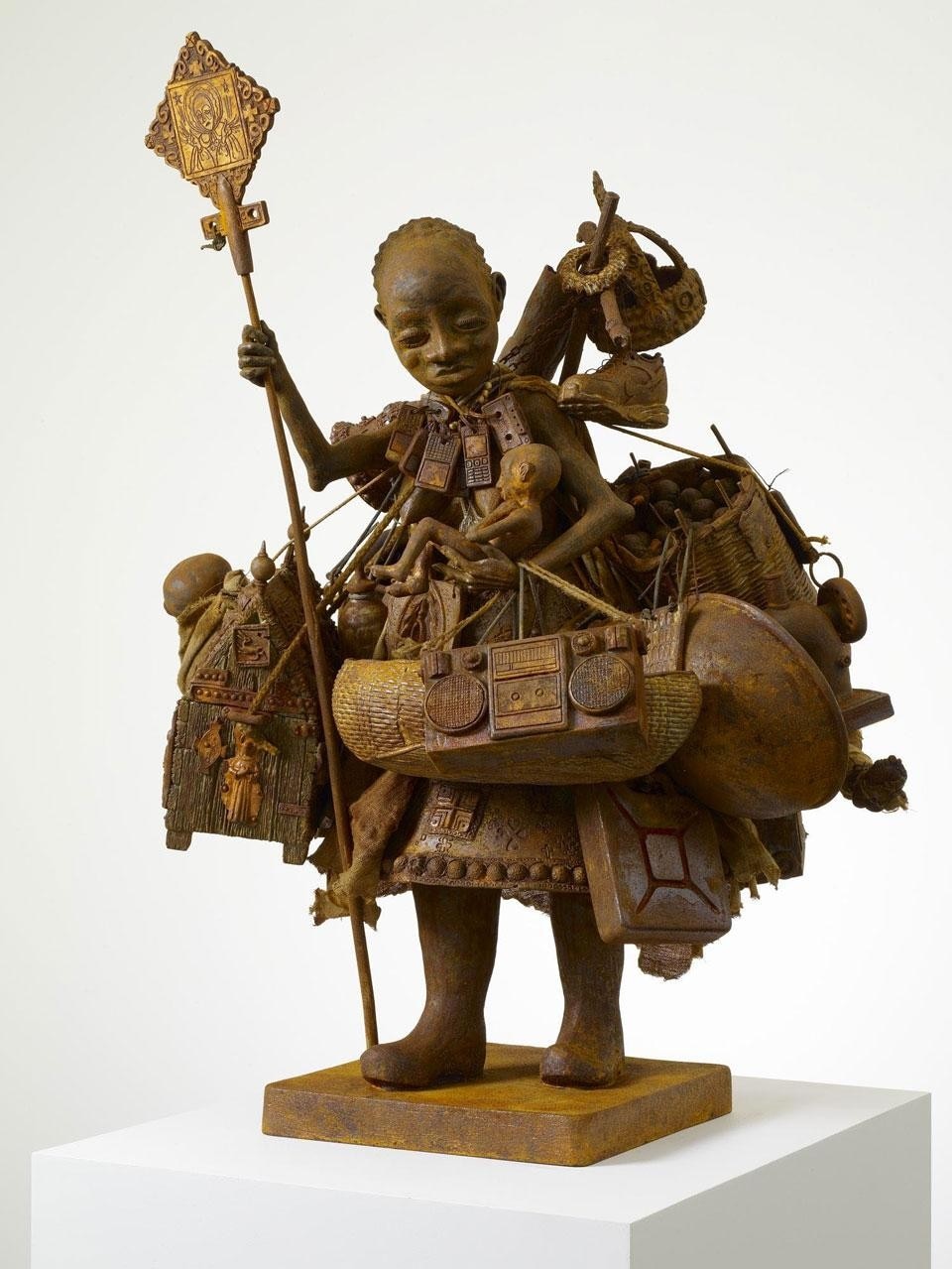
Catharine Rossi

